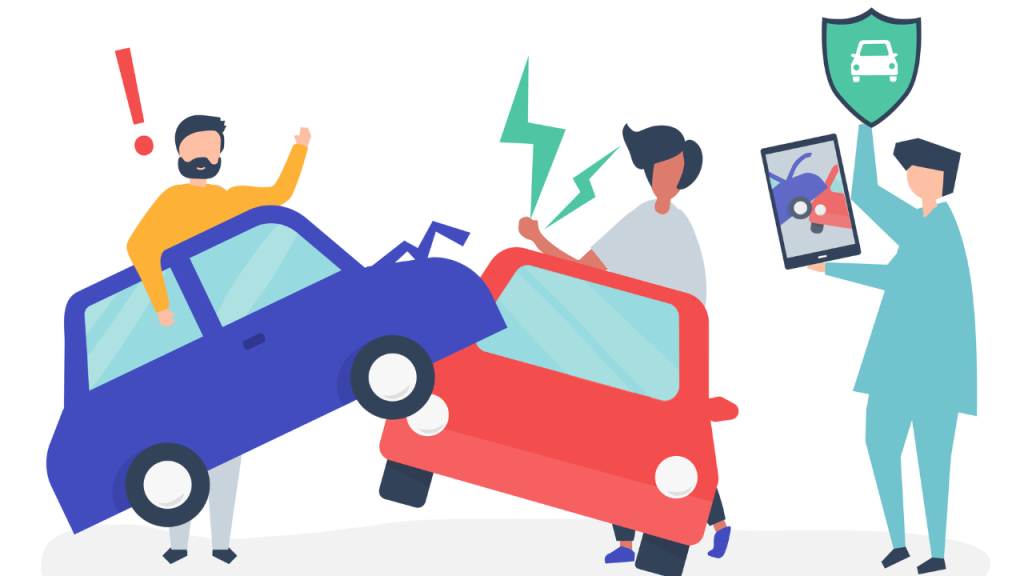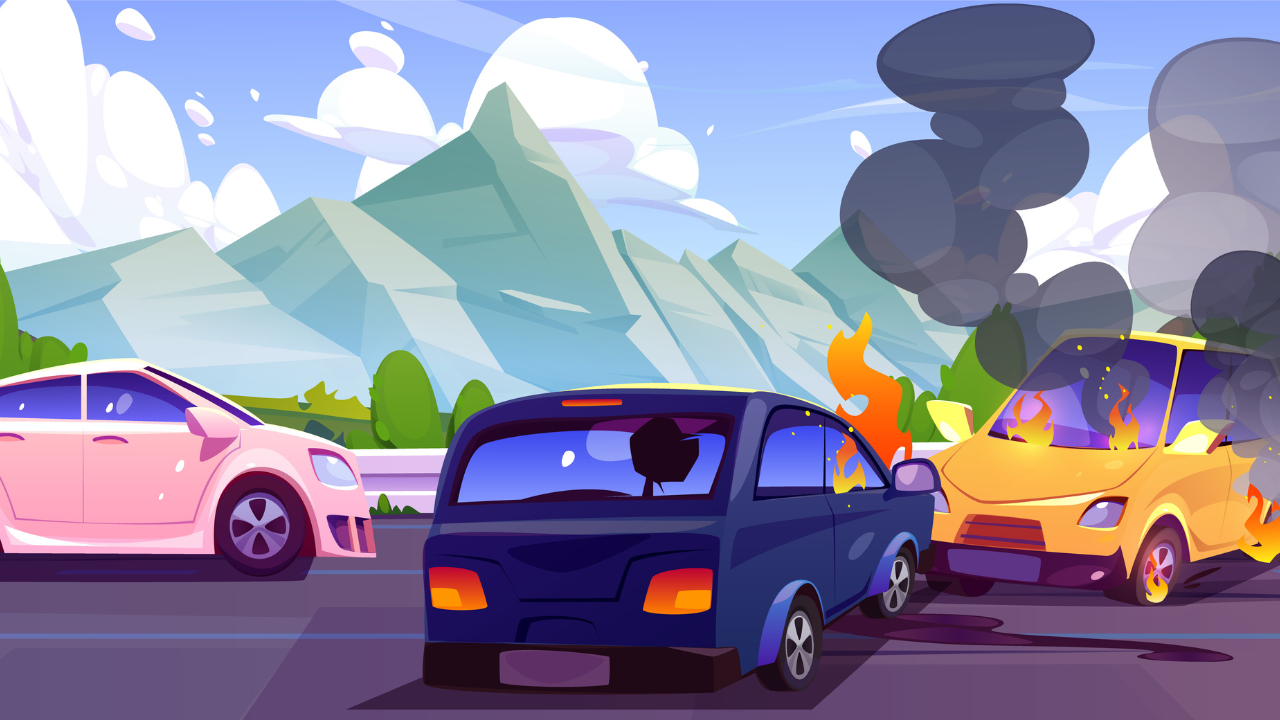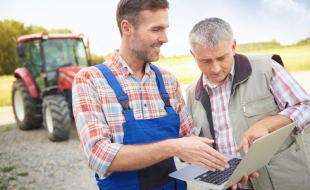Table Of Contents
- How To Gather Evidence After A Car Accident: Important Steps Described
- 1. Prioritize Safety First
- 2. Contact Law Enforcement
- 3. Photograph The Accident Scene
- 4. Document Vehicle Information
- 5. Gather Witness Statements
- 6. Record Environmental Conditions
- 7. Document Your Injuries
- 8. Keep Detailed Notes
- 9. Preserve Physical Evidence
- How To Gather Evidence After A Car Accident: Explained
How To Gather Evidence At The Scene Of A Car Accident?
Have you ever gotten yourself into a car accident? Well, I have. And I can tell you honestly, car accidents can scramble your brain in a way you don’t expect, even if the physical damage is as minor as a tiny bump.
One second you’re driving, and the next you’re like, wait, what just happened?
Your hands shake, people are shouting, or maybe it’s weirdly quiet. And even though you probably just want to sit there and breathe for a minute, those first few moments matter more than most of us realize.
What you collect (or don’t collect) right then can decide how insurance treats you later.
So yeah… You must properly know how to gather evidence after a car accident. It isn’t just “a good idea.” It can save you a whole lot of pain later.
However, the actions you take immediately following a collision can significantly impact any insurance claims or legal proceedings that may follow.
How To Gather Evidence After A Car Accident: Important Steps Described

When you understand these steps well enough, you will be able to conduct this process even more efficiently. Let’s take a look at the steps:
1. Prioritize Safety First
Before doing anything that looks like “collecting evidence,” make sure you’re not seriously hurt.
Same for anyone riding with you. Sometimes people don’t realize they’re injured because the adrenaline is basically screaming over everything else.
Call 911 if something feels off. Even if you’re not sure, better safe than sorry, right?
If the car still moves, inch it over to a safer spot so you’re not sitting in the middle of traffic waiting for round two.
Turn on your hazards. Honestly, do anything that keeps you visible.
And once everyone’s out of immediate danger, then you can think about documenting stuff.
But don’t try to be a hero, if the scene feels unsafe or you’re standing on a blind curve or something, just stay put until the police show up. Evidence isn’t worth risking getting clipped by another car.
2. Contact Law Enforcement
I know some people try to skip this part, like, “Oh, we can just handle it ourselves,” but really, don’t.
According to the lawyers at Morrisinjurylaw.com, always call the police after a car accident, regardless of how minor it may seem.
A police report is basically the official memory of the event. Insurance companies treat it like gold.
Now, I want to tell you what to do when the officer shows up. You have to just explain what happened.
Additionally, you must do this without guessing or filling in the blanks.
And don’t start apologizing for things you didn’t do. People say weird stuff when they’re stressed.
Before they leave, grab the officer’s name, badge number, and whatever report number they give you.
That way, you can actually find the report later instead of trying to call the precinct like “Hi, um, I was in an accident somewhere near… a tree?”
3. Photograph The Accident Scene
Your phone becomes your best friend here. Take pictures like you’re documenting a museum exhibit.
Wide shots, close shots, side shots, just get everything. Cars, skid marks, broken bits, street signs, the way the vehicles ended up pointing… all that stuff tells a story.
And don’t ignore little details. A tiny piece of plastic or a weird streak on the road might matter more than you think.
Even random things like a deployed airbag or some fluid under a car can show the force of impact or mechanical problems.
4. Document Vehicle Information
You’re gonna want everyone’s info, and I mean everyone. Full names, phone numbers, license plates, driver’s license numbers, the works.
It feels awkward, like exchanging phone numbers with strangers after something stressful, but you need it.
Also, note the car details: make, model, color, and year. If the person driving isn’t the car’s actual owner (company car, borrowing a friend’s ride, whatever), get the owner’s info too.
That bit gets weird later if you skip it, and insurance companies love making things complicated when you leave gaps.
5. Gather Witness Statements
If anyone saw what happened, grab them before they wander off. People don’t usually hang around long unless they’re involved, so act quickly but be polite.
A simple “Hey, did you see what happened? Would you mind telling me?” usually works fine.
Get their name and contact info, and if they’re willing, have them tell you what they noticed while you record it.
Don’t worry about it being perfect. Sometimes the best witness statements are slightly rambling; they feel more real.
If they prefer writing something down, that works too. Just… capture it before they’re gone.
6. Record Environmental Conditions
This part sounds boring, but it ends up mattering more often than not. Look around and note what the world looked like.
Was it raining? Sunny but blinding? Fog rolling in? Early morning shadows?
Think about the road, too. Was it slick, filled with gravel, covered in leaves, or chewed up with potholes?
Sometimes, road conditions basically explain the whole accident. Snap photos if anything stands out, even if you’re not totally sure it means anything.
Later, someone else might spot something you didn’t even think about.
7. Document Your Injuries
You might feel “fine,” but half the time you’re not actually fine, you’re just on an adrenaline high.
Take pictures of any marks, swelling, bruises, whatever shows up. Even tiny injuries can change later, and the early photos help show they came from the crash.
And please get checked by a doctor. Even minor-seeming crashes can cause things like whiplash or soft tissue injuries that don’t show up until the next day.
Early medical records tie everything to the accident and avoid that “Well, maybe they hurt themselves later” nonsense insurance loves pulling.
8. Keep Detailed Notes
After things settle a bit, jot down everything you remember. Doesn’t have to be pretty, just honest.
How fast you were going, where you were heading, what you noticed about the other driver (were they on their phone? drifting? suddenly braking?), and what went through your head.
Also, write down anything the other driver said. People blurt out weird confessions right after a crash and magically forget later. Your notes might end up being the only record of it.
9. Preserve Physical Evidence
If pieces of the car or debris are lying around and it’s safe to grab them, keep them. Don’t overthink it. If it seems related, it probably is. Just don’t move anything the police need to document. Safety first, always.
How To Gather Evidence After A Car Accident: Explained
Collecting evidence after a crash isn’t fun. I must say this honestly, that no one feels mentally prepared for it.
But I will always recommend that you slow down. Then, you take a breath and walk through these steps.
Additionally, you have to follow these without putting yourself in danger. Trust me, it can make everything afterward a whole lot less painful.
Those tiny details you gather in the middle of all the chaos? They’re often the thing that helps the truth come out when it really matters.
Read Also:














